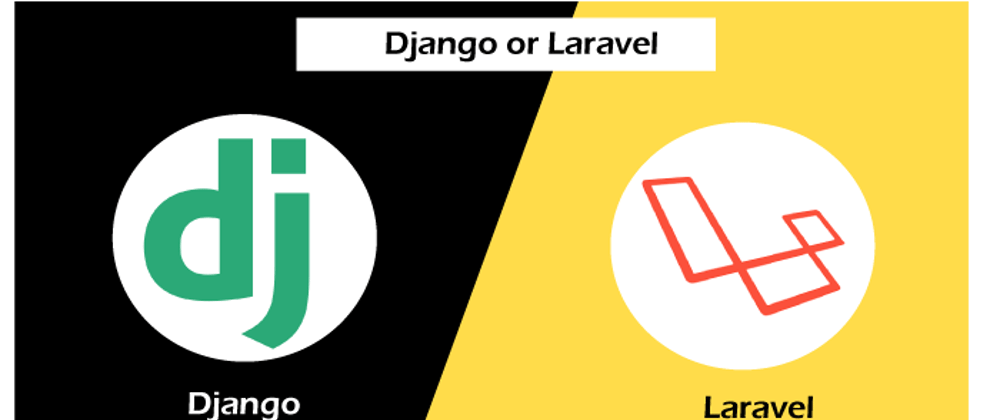A framework for building complex web applications is called Django. Python-based Django is a free and open-source web development framework. Django uses the Model View Template (MVT) architectural pattern.
Open-source PHP programming is used to create the Laravel web development framework. Similar to Ruby on Rails, Laravel provides a large number of functionalities. The Model View Controller (MVC) architecture paradigm is utilized in Laravel. Laravel can be used to create apps for content management systems (CMS).
Laravel Description
Taylor Otwell created laravel. The MIT License covers laravel. It was initially released in 2011. Laravel calls for intermediate or advanced PHP skills. Laravel can be used to create apps for content management systems (CMS).
Laravel is more upscale due to its more extensive user traffic. Laravel has the necessary tools for creating a web application from scratch. Framework features offer built-in functionality to make a developer's job easier and can reduce development time.
Django Description
The Django Software Foundation created the Django framework. 2005 saw the initial release of Django. A three-clause BSD (Berkeley Software Distribution) license was used to release Django.
Django is a compact framework with separate modes for development and testing. The main objective of the Django framework is to accelerate the development of complicated web applications. All Django updates and maintenance, which Mozilla utilizes along with Instagram, Bitbucket, and Pinterest, will be handled by the Django Software Foundation.
Difference between Laravel vs Django
• Laravel is a framework for building online applications that include routing, sessions, authentication, and caching capabilities. It also has a straightforward syntax. Django is a high-level web framework built on Python that enables rapid development and attractive design.
• Rapid development, dependency injection, application architecture, quality community packages, an MVC approach, and a burgeoning community are just a few features offered by Laravel. Django offers rapid development, a wider community, distinctive packages, simplicity of use, and top-notch libraries.
• Laravel has some shortcomings, including significant static method calls and sluggish performance. Django has some flaws, including URL dispatchers, weak object-relational mapping, unsupported or sluggish templating, and internal subcomponents coupling.
• Django provides many middleware types, while Laravel includes HTTP middleware.
• Django is a little quicker since it employs the quicker Python programming language, whereas Laravel is slower and written in the slower PHP language.
• While Django already includes decorators, SEO tools, third-party libraries, and other capabilities, Laravel is simpler and supports method injection.
• Laravel provides a composer tool that uses a composer.json file stored in a source folder to load all dependencies and libraries. With serialization and validation algorithms that translate between web page forms and database values, Django components are lightweight.
• Laravel's active record implementation supports query creation and ORM. To efficiently persist data from a database, Django offers Object-Relational Mapping (ORM), which creates an interface between the application and the database.
• To organize and manage resources, Laravel offers a variety of namespaces and interfaces. Django is compatible with many multilingual websites because of its built-in internationalization mechanism.
• The hierarchy schemas layouts, including some dynamic information, are created using the Laravel authentication and template engine technique. The Administration Graphical User GUI in Django is a pre-configured user interface for administrative duties.
• Because Laravel provides configuration management, routing, and testability features, administration tasks can be configured consistently across many Laravel framework workstations. The frameworks Ajax, Caching, RSS (Rich Site Summary) feeds, and others are supported by Django.
• On the other hand, the Laravel framework has queues and an event & command bus for cron jobs. The event command bus makes executing numerous commands and dispatching various events simpler. Django offers a development environment that enables end-to-end development and testing and comes with a lightweight web server that speeds up deployment.
Note: Laravel does not support shared hosting; one can use managed Laravel hosting.
Conclusion
The Django web application framework supports Python, whereas Laravel uses PHP. The languages they support and the functionality and libraries available to satisfy various needs are the only distinctions between the Django and Laravel frameworks.
Between Django and Laravel, there are a variety of pros, drawbacks, and performance differences. With Python's speedier execution and Django's well-known scalability, ease of development, maintenance, and testing, the application's speed is increased.
To satisfy the customer's needs, the framework can be selected based on the language and framework features. When designing the application's solution, it must be considered. In terms of user community popularity, Django performs highly, and Laravel ranks almost as well as Django but is deficient in several areas.







Latest comments (0)